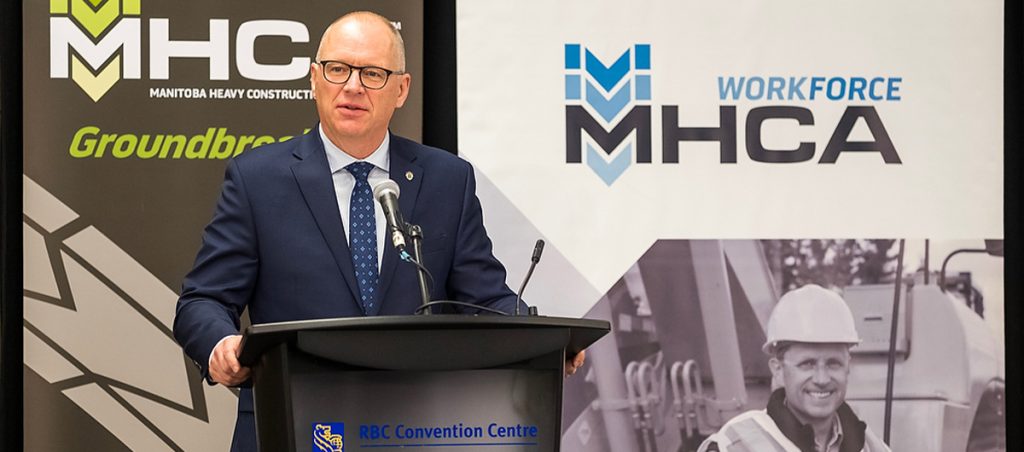Federal financial update pegs economic growth, targets supply chain backlogs
Reporting lower deficits for the last and the current fiscal year, Finance Chrystia Freeland’s Economic and Fiscal Update 2021 this week also held good news for economic growth.
“Canada has largely recovered from the economic damage inflicted by COVID-19 and is poised for robust growth in the months to come,” Freeland said in her address publicly broadcast on Wednesday.
Canada’s economy has returned to near pre-pandemic levels, with growth of 5.4% in the third quarter.
“We have now surpassed our target of creating a million jobs. In fact, we have recovered 106 per cent of the jobs lost at the peak of the pandemic, significantly outpacing the U.S. where just 83 per cent of lost jobs have been recovered so far.”
The Deputy Prime Minister noted that at its worst, Canada’s GDP shrank by 17 per cent due to the pandemic, the steepest economic contraction in Canada since the Great Depression.
The deficit forecasts for the last and current fiscal years are lower now, at $327.7 billion and $144.5 billion respectively.
The federal government is also setting aside $50 million within the National Trade Corridors Fund specifically to clear supply chain backlogs that began with the global pandemic and have been exacerbated on the West Coast due to the extreme rainfalls that triggered mudslides and washouts in British Columbia.
“To help strengthen supply chains and address bottlenecks, in 2021-22, the government will launch a new, targeted call for proposals under the National Trade Corridors Fund to assist Canadian ports with the acquisition of cargo storage capacity and other measures to relieve supply chain congestion.”
The $50 million will go to eligible priority projects, the update said, adding that details on the targeted call for proposals will be announced in the coming weeks.
Freeland also said an additional $4.5 billion is being allocated to pay for possible further costs of fighting Omicron and other COVID-19 surges, including spending on border measures and income and business supports.








